-
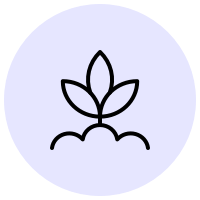
Organic farming
-
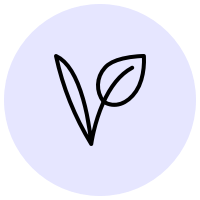
Vegan friendly
-

Hand crafted
-

Ambient yeast
-
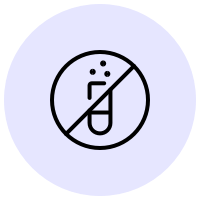
No chemicals
The Wine: Valpolicella Classico Saseti 2022
Monte Dall'Ora Valpolicella Classico "Saseti" is a red natural wine from Veneto, Northern Italy, made from Corvina (50%), Corvinone (20%), Rondinella (20%), Molinara and Oseleta (10%) indigenous grape varietals farmed biodynamically. Spontaneous fermentation with native yeasts, aged for 3 months in cement and stainless steel vats.
The Winery: Monte dall'Ora
Located in the center of Valpolicella on one of the five ridges that descend the valley (which resemble the fingers of a hand), Monte Dall'Ora is the creation of Carlo Venturini and his wife Alessandra Zantedeschi. Both are from vigniaoli families but decided to start fresh with their own estate in 1995. At the time, the purchased terraces were in terrible condition and everything had to be rebuilt.
Vines are either selection massale or grafted on American rootstock. Carlo has chosen to work with (and in some cases, replant) the region's traditional varietals: Corvina, Corvinone, Rondinella, and Oseleta (a lost indigenous grape). The estate was worked organically until 2006, when the couple converted to biodynamic agriculture. The soils are unique and are composed of limestone with a reddish hue. The first 15 meters are very soft and porous, permitting the vines' roots to penetrate deep in the subsoil.
The vines are all trained in the Pergola style. Carlo thought about training the vines in Guyot, but quickly changed his mind for reasons of climate and quality control. In many regions, growers continue to use Pergola because this vine tending system produces very high yields; while often inconsequential to the health of the grapes, the widespread justification is that Pergola is necessary to protect the fruit from the sun. In Valpolicella's case, this is actually true: Corvina and Corvione are both very susceptible to sunlight. They are also very vigorous varietals: with guyot, bunches would get too big and become prone to illness. Pergola creates more air and space between clusters; the plants are more separated, which results in smaller and more concentrated bunches.
Instead of worrying about lower yields for higher concentration (an easy goal with Guyot but very hard to accomplish with Pergola), Carlo prefers focusing his energy on balance in the vineyard: this essentially means promoting agricultural and natural biodiversity instead of just vine tending. Grass grows free, with cherry and olive trees complimenting the entirety of the vineyard. This work philosophy continues through the winemaking.
The Region: Veneto
Veneto is one of the most important wine regions of Italy, located in the North Eastern corner of the Italian peninsula. It borders with Trentino-Alto Adige (north), Friuli-Venezia Giulia (north-east), Emilia-Romagna (south), and Lombardy (west).
The capital of Veneto is Venice, which is also its most populous city, followed by Verona, Padua, Vicenza, Treviso, and Rovigo. The east coast of Lake Garda, the biggest Italian lake, is part of Veneto and so is the tract of Alpine foothills called Venetian Prealps.
Veneto is the leading Italian region for the quantity of wine produced – even though wine-producing regions such as Piedmont, Tuscany, Lombardy, Puglia, and Sicily all have bigger territories.
Some of its most famous wines are Amarone della Valpolicella, Valpolicella, Soave, and of course Prosecco. Other less known but equally delicious wines are Recioto della Valpolicella, Recioto di Gambellara, Raboso del Piave, and Bardolino.
Veneto’s main characteristic is perhaps the great variety of wine types produced, obtained mostly from indigenous grape varietals – Corvina, Glera, and Garganega being the most common.
This is due as much to its specific geography and climate as it is to rather peculiar winemaking techniques such as the grape drying technique employed to make Amarone della Valpolicella, Veneto’s most famous red wine.
Frequently asked question
We will process and ship your order in 2-3 business days, you will receive a shipping confirmation email with tracking as soon as the Carrier scans the shipping label.
Ground shipping time depends on location, here's a breakdown:
West Coast: 1-2 business days
Midwest: 3-4 business days
East Coast: 5 business days
Process time is not shipping time. Shipping time starts from the days successive to the day of shipping, after the order has been processed.
See here our shipping policy.
Signature on delivery is mandatory for wine deliveries. Please make sure someone is at the shipping address to sign for the package.
If applicable, please consider delivering the package to a business address to ensure someone is available to sign for the package.
We also have the option of delivering the package to a Carrier's store for pickup. Please reach out to us to coordinate.
Carrier will try to delivery a package up to three times before returning the package to us.
See here our shipping policy.
If you miss a delivery and a package gets returned to us we have two options:
1) Reship the package right away: due to the very high cost of shipping and returns, we must charge a re-shipping fee to be determined based on package size and shipping destination.
2) Consolidate the returned package with your next order: this option is free of charge and it's the most popular option.
See here our shipping policy.
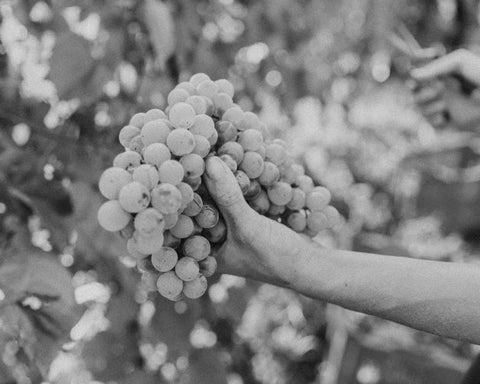
What is natural wine?
Natural wine is a type of wine made in small batches from hand-harvested organic or biodynamic grapes with minimal intervention in the cellar.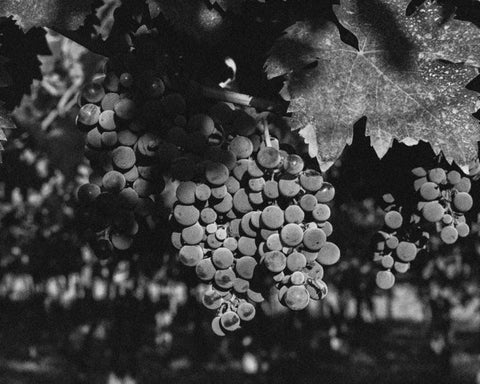
What is Biodynamics?
Biodynamic wine is wine made with grapes farmed biodynamically. Biodynamic farming is a holistic approach to farming.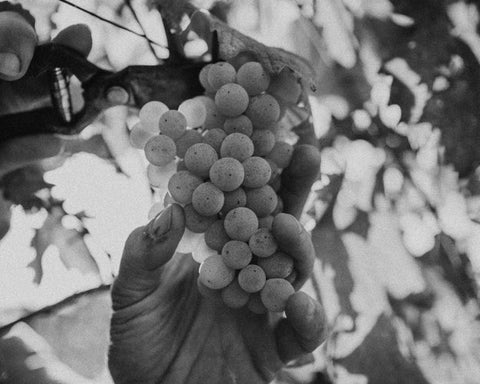
What is organic wine?
Organic wine is made with grapes farmed organically. Organic farming is a type of farming alternative to conventional farming.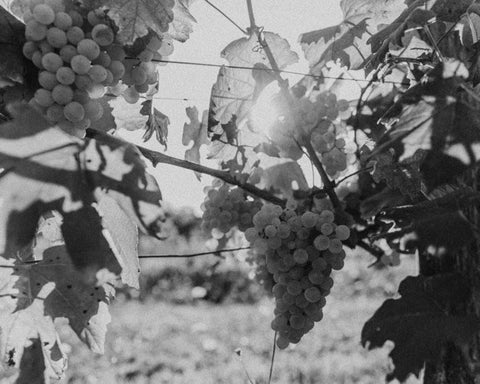

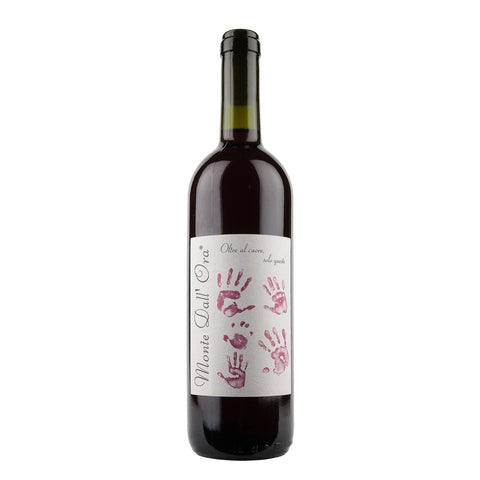
 Wine Details & Food Pairings
Wine Details & Food Pairings